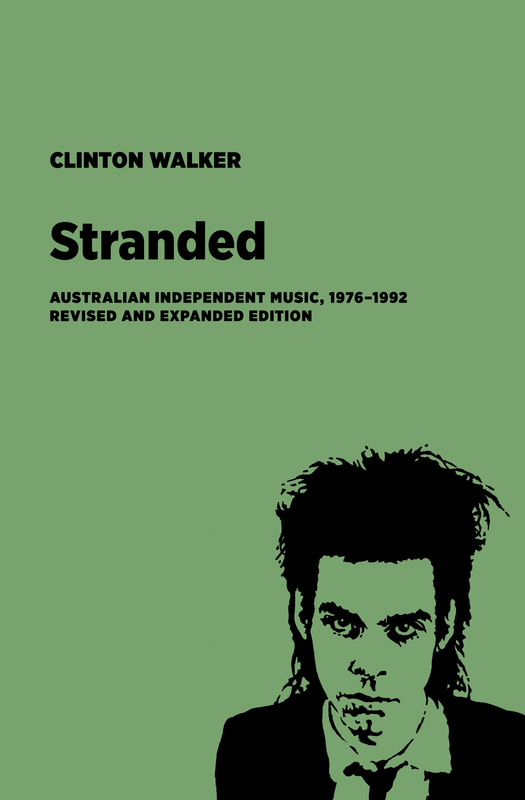The first using SUBSTITUTE of one font to another:
=SUBSTITUTE(SUBSTITUTE(SUBSTITUTE(SUBSTITUTE(SUBSTITUTE(SUBSTITUTE(SUBSTITUTE(SUBSTITUTE(SUBSTITUTE(SUBSTITUTE(SUBSTITUTE(SUBSTITUTE(SUBSTITUTE(SUBSTITUTE(SUBSTITUTE(SUBSTITUTE(SUBSTITUTE(SUBSTITUTE(SUBSTITUTE(SUBSTITUTE(SUBSTITUTE(SUBSTITUTE(SUBSTITUTE(SUBSTITUTE(SUBSTITUTE(SUBSTITUTE(SUBSTITUTE(SUBSTITUTE(SUBSTITUTE(SUBSTITUTE(SUBSTITUTE(SUBSTITUTE(SUBSTITUTE(SUBSTITUTE(SUBSTITUTE(SUBSTITUTE(E3,"A","𝐀"),"B","𝐁"),"C","𝐂"),"D","𝐃"),"E","𝐄"),"F","𝐅"),"G","𝐆"),"H","𝐇"),"I","𝐈"),"J","𝐉"),"K","𝐊"),"L","𝐋"),"M","𝐌"),"N","𝐍"),"O","𝐎"),"P","𝐏"),"Q","𝐐"),"R","𝐑"),"S","𝐒"),"T","𝐓"),"U","𝐔"),"V","𝐕"),"W","𝐖"),"X","𝐗"),"Y","𝐘"),"Z","𝐙"),"0","𝟎"),"1","𝟏"),"2","𝟐"),"3","𝟑"),"4","𝟒"),"5","𝟓"),"6","𝟔"),"7","𝟕"),"8","𝟖"),"9","𝟗")
The second solution combines REGEX and UNICODE:
=ARRAYFORMULA(JOIN("", UNICHAR(QUERY(UNICODE(SPLIT(TRANSPOSE(SPLIT(
REGEXREPLACE(
REGEXREPLACE(REGEXREPLACE(REGEXREPLACE(REGEXREPLACE(REGEXREPLACE(A2&""
,"([^a-zA-Z0-9])","$1"&UNICHAR(160)&UNICHAR(1)&CHAR(127))
,"'","''")
,"([a-z])","$1"&UNICHAR(160)&UNICHAR(119738)&CHAR(127))
,"([A-Z])","$1"&UNICHAR(160)&UNICHAR(119744)&CHAR(127))
,"([0-9])","$1"&UNICHAR(160)&UNICHAR(120735)&CHAR(127))
,"'","''")
,CHAR(127))), UNICHAR(160))), "select Col1+Col2-1 label Col1+Col2-1 ''",0))))
I prefer the second solution. However, the first is easier to apply to a whole column using the ARRAYFORMULA.


